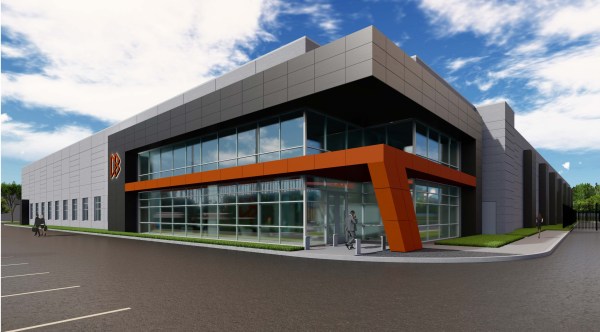Data Center Growth and Downtown Office Vacancy
The commercial real estate market is facing unprecedented challenges today, leading to historically low demand and high vacancy rates. This scenario is driven by high interest rates, post-pandemic remote work arrangements, and lingering concerns about the economy. It’s all contributed to an oversupply of commercial properties, leaving owners and landlords unclear how to proceed for the foreseeable future.
Where some see challenges, others see opportunities. During this downturn, there has been growing interest in reusing these commercial properties for many different purposes, possibly converting them into modern data centers. There have already been several high-profile examples of the commercial-property-to-data-center trend:
In addition to these examples, there are many more where shopping malls, retail properties, warehouses, and other buildings otherwise difficult to rent have been converted into much-needed data centers.
Many Clear Advantages
At first glance, this trend seems to be a good fit. First, there’s demand: Data centers simply can’t be built fast enough as operators continue to do all they can to keep pace with AI-driven needs for computing and cloud services.
Then there’s the happy coincidence that so many vacant commercial properties are located in urban areas that have access to key infrastructure such as fiber networks, power grids, and, in rare circumstances, direct connections to interconnection hubs, which can make them especially well-suited for data center conversions.
There are other advantages, too. Office buildings often meet specific zoning requirements for data center operations, and many offer enough square footage to accommodate so many racks of servers and other hardware.
Potential Bumps in the Road
While converting commercial properties to data centers may seem to be a no-brainer, there are other factors to consider that may make the process more challenging than it may seem.
For example, many commercial properties may not be initially equipped to deliver the power and cooling today’s data centers require, even if they’re located in cities or urban areas. Additionally, this could put pressure on operators to focus on renewable energy sources, energy efficiency, and sustainability. Retrofitting some commercial real estate to handle these increased power loads and cooling systems can be extremely expensive, and in many cases, prohibitively so.
Data centers tend to require open floor plans, high ceilings for adequate air flow, reinforced structures to support equipment that gets heavier by the day, and increasingly, design flexibility and innovation to meet for new colocation customers’ demands. In many cases, these elements just might not be possible when attempting to convert traditional office buildings into modern data centers.
Remember the old saying about real estate and that it’s all about location, location, location? In this case, location may be either an advantage or a disadvantage. It can be an advantage if certain workloads are not connectivity- or latency sensitive and can be housed in remote high-powered locations. Alternatively, it can be a disadvantage if the property doesn’t have easy access to vital infrastructure; for example, if buildings don’t have access to high-speed network connections, carriers, and telecommunication network hubs, they may be hard-pressed to deliver the low latency and high performance their applications and workloads require.
Then there’s the talent component. It’s important to remember that data centers rely on so many talented employees to staff and manage each facility. Additionally, colocation data centers need to be readily accessible to their customers’ employees. Commuting into the city, parking, and getting into — and out of — each facility may present challenges not seen with more suburban data centers or campuses.
Finally, as much as high vacancy rates may have landlords offering deep discounts, downtown office space is still expensive – and more than some data centers may want to pay. In this case, the opportunity cost to convert commercial buildings into data centers could be considered a pro as well as a con.
The Right Answer is Still Emerging
In many ways, the transformation of underutilized commercial real estate into data centers seems to be promising solution to the challenges facing both sectors in 2024, although it requires careful consideration of the economic, technical, and environmental factors involved.
For some, the perfect opportunity may exist, enabling them to quickly and cost-effectively transform a vacant office building into their next jewel-in-the-crown data center. Others may find too much risk and may need to fall back to more traditional development strategies. It is a unique time but unfortunately, there are no easy answers.







